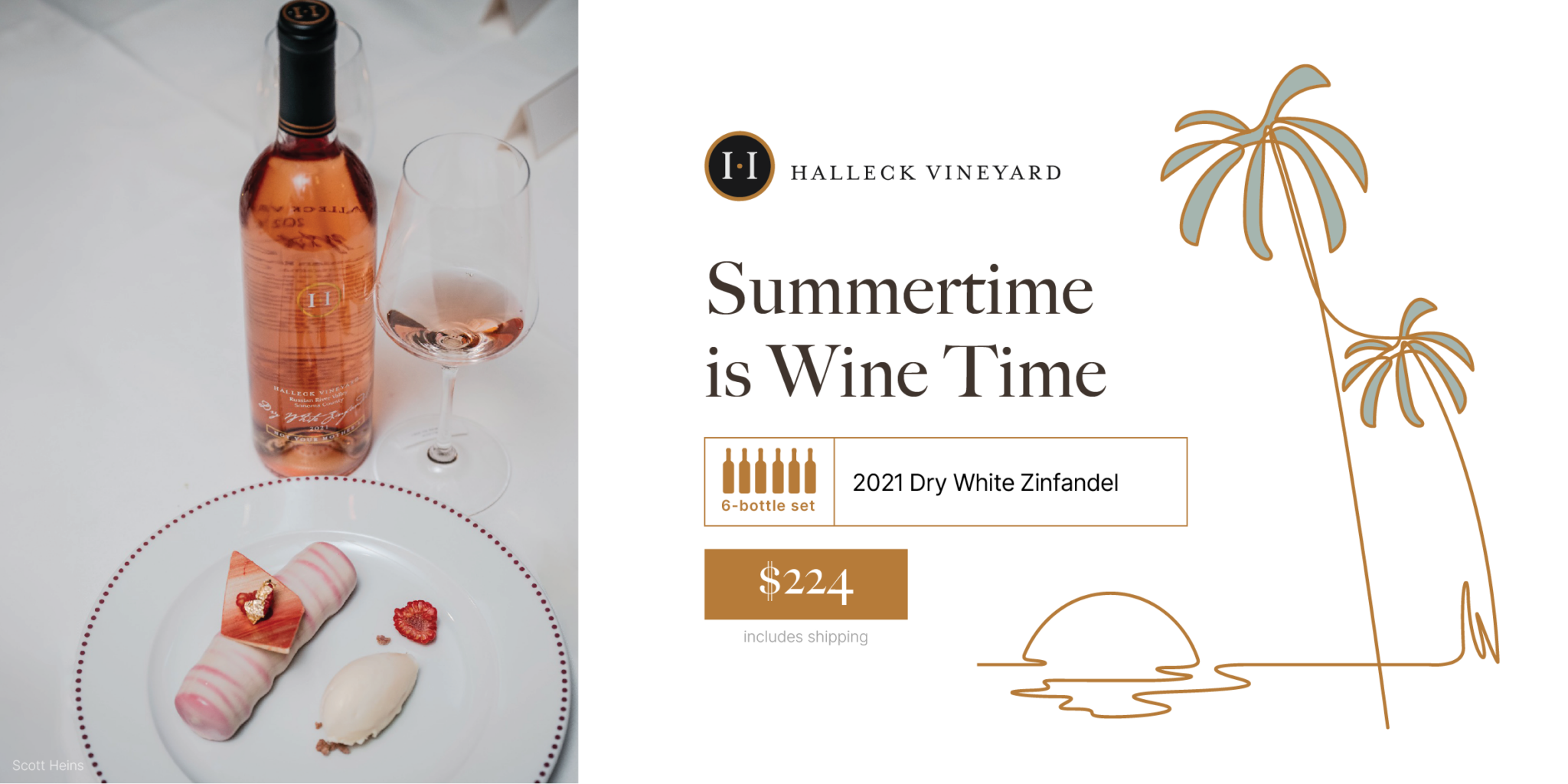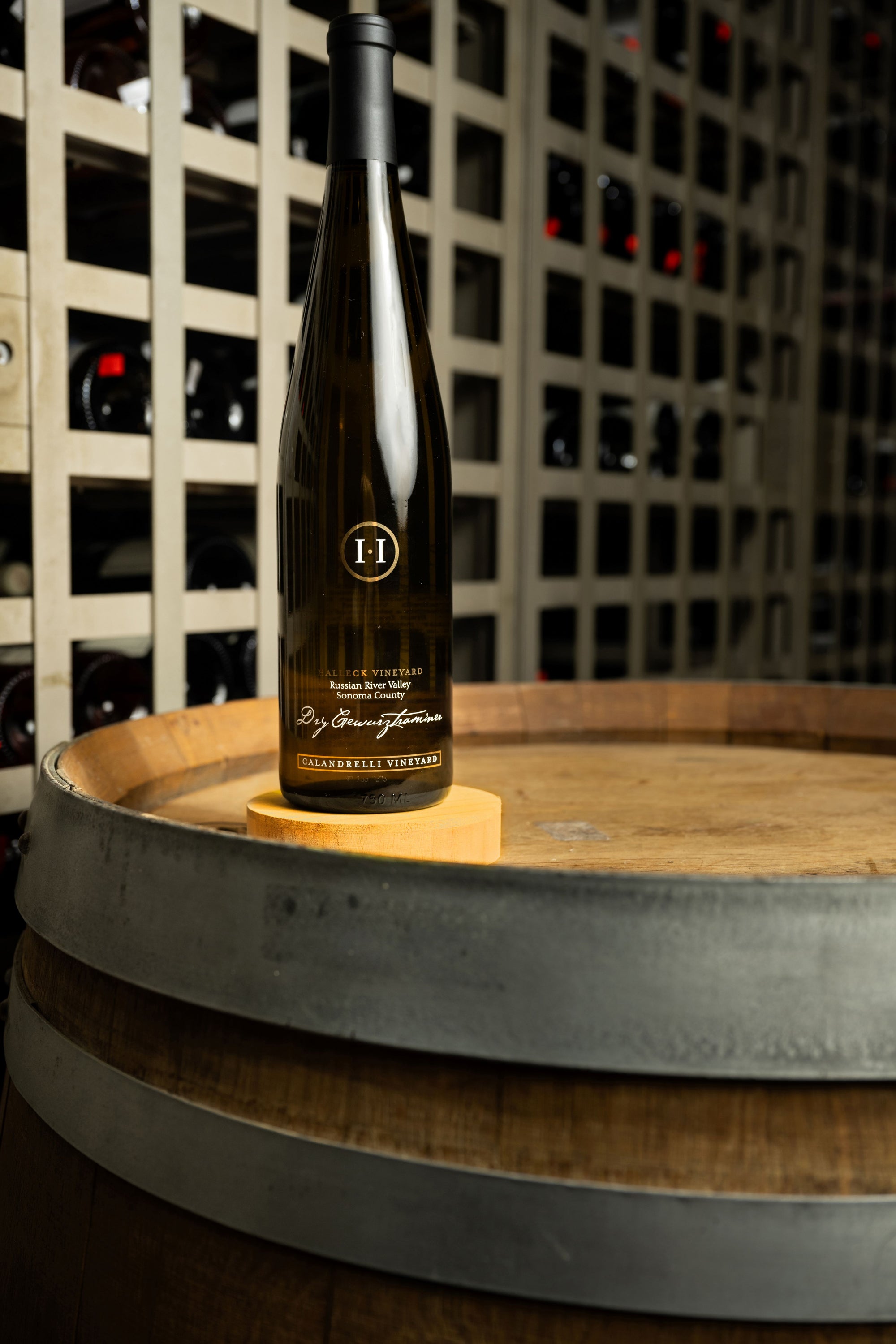Wineries With Unique Gamay Wines - Enjoying A Vineyard In Sonoma
Wineries With Unique Gamay Wines - Enjoying A Vineyard In Sonoma
Blog Article
Wineries With Breathtaking Gardens In Sonoma - Celebrated Wineries Around Sebastopol
Wine tasting is an art that mixes sensory experience with an appreciation for the nuances of various varietals. How to judge flavors in winery wine tasting sessions is pivotal to grasping the complexities of wine.
Partaking in a wine tasting includes more than merely sipping and savoring. It requires a centered approach to establish aromas and flavors that every wine presents. As you start, observe the wine's appearance, noting its color and readability. These visible cues typically suggest a wine’s age, grape variety, and even potential flavor profiles.
The next step within the tasting process is to swirl the wine in your glass. This motion releases fragrant compounds that are very important for analysis. Lean in and take a moment to inhale deeply; the aromas can range from floral and fruity to spicy and earthy. The nostril of the wine is simply as important because the palate, and recognizing scents performs a significant role in understanding the general experience.
When taking your first sip, allow the wine to maneuver throughout your palate - Wineries Specializing In Sparkling Wines. Notice the initial flavors that current themselves. Is the wine fruity, floral, or perhaps herbaceous? This preliminary style provides perception into what the wine is prone to categorical as you proceed to evaluate it. The mouthfeel additionally contributes to the general flavor experience; it might be silky, tannic, or even effervescent.
Wineries With Outdoor Seating - Wine Tours And Tastings In Sebastopol
As you continue tasting, pay consideration to the wine’s steadiness. A well-balanced wine will harmonize acidity, sweetness, and tannins. If one part overwhelms the others, it might point out a much less desirable high quality. Evaluating stability can help you identify how properly the wine would possibly pair with food.
Transitioning to the end, think about how the flavors evolve because the wine lingers on your palate. A long, pleasant end can point out a high-quality wine, while a brief or abrupt finish might suggest otherwise. Reflect on whether or not the flavors stay constant or if new notes emerge because the wine settles. This progression can reveal complexities and intricacies that might not have been apparent in the initial tasting.
Temperature can be a vital consider evaluating wine flavors. Different types of wine are optimally loved at specific temperatures. White wines usually shine when chilled, while red wines usually carry out best at room temperature. When tasting, ensure the wine is at the appropriate temperature to totally recognize its character.
Wineries Known For Their Beautiful Gardens - The Charm Of Sonoma Wineries
Pairing food with wine can greatly enhance the tasting experience. Meals can influence the notion of flavors in wine, both highlighting sure characteristics or diminishing them. When evaluating flavors, think about how the wine interacts with totally different foods, noticing which flavors are amplified or muted (Off The Beaten Path Wineries In Sonoma).

Think About the influence of terroir as you interact in a winery tasting. Terroir encompasses the unique environmental components that affect grape rising, including soil composition, climate, and geography. Understanding a wine's terroir can present insight into its flavors and aromas, fostering a deeper appreciation for the alternatives made during its cultivation and production.
Training plays a basic function in enhancing one's capability to gauge wine flavors. Studying about grape varieties, wine areas, and production strategies can pave the method in which for more informed judgments throughout tastings. Moreover, attending workshops or classes can refine sensory skills and increase your flavor vocabulary, enabling you to articulate tasting notes more effectively.

Lastly, it is essential to do not neglect that evaluating wine flavors is a extremely personal experience. Particular Person preferences and perceptions will invariably form one’s tasting journey. Enjoyment should be on the forefront, with the analysis process appearing as a tool to enhance understanding and appreciation rather than create inflexible tips.
Wineries Renowned For Cabernet Sauvignon In Sonoma - Wineries With Outdoor Tastings In Sebastopol
In conclusion, mastering tips on how to consider flavors in winery wine tasting sessions includes a combination of sensory engagement, knowledge, and practice. By studying to determine aromas, assess the steadiness, and respect the intricacies of flavor, wine enthusiasts can deepen their connection to each bottle they encounter. As with any art form, the more one immerses themselves within the experience, the more they may uncover and benefit from the huge world of wine.
- Begin by observing the wine's color and readability, as these visible components can trace at its flavor profile and growing older potential.
- Swirl the wine gently in your glass; this releases aromatic compounds, permitting you to better determine the complex scents associated with the wine.
- Take a deep inhale before tasting, specializing in each main and secondary aromas to collect insights on fruits, spices, and different nuances.
- When tasting, enable the wine to coat your palate; note the preliminary flavors, the mid-palate complexity, and the end as these phases can present different flavor highlights.
- Pay attention to texture and mouthfeel, as features corresponding to tannin levels, acidity, and sweetness contribute considerably to the general tasting experience.
- Examine flavors towards standard wine traits; for purple wines, think about berry notes, oak influence, and herbal tones, while whites might embrace citrus, stone fruits, and floral hints.
- Take notes during the tasting session to track your impressions, serving to you to remember and consider the completely different wines sampled.
- Focus On your findings with fellow tasters or winery employees, as sharing insights can enhance understanding and appreciation of individual flavors.
- Enable time for the wine to breathe; sometimes, flavors evolve and reveal new dimensions after being uncovered to air.
- Experiment with food pairings in the course of the tasting as they will dramatically alter how flavors are perceived, influencing total enjoyment.undefinedWhat should I look for when evaluating the aroma of wine throughout a tasting?
Begin by swirling the wine in your glass to release its aromas. Bring the glass to your nose and take a deep breath. Pay consideration to the primary scents you detect, as these are sometimes the go most outstanding. Look for fruit, floral, herbal, or earthy notes and try to establish specific traits, which is able to deepen your understanding of the wine's complexity.
Vintage Wine Tasting Experiences In Sebastopol - Best Wineries In Sonoma For A Wine Experience
How can I distinguish between completely different flavor profiles in wine?
Perceive that flavor profiles are sometimes categorized as fruit, floral, herbaceous, spicy, or mineral. Take small sips and permit the wine to coat your palate. Notice the first flavors that emerge first and the delicate notes that follow. This layering is essential in distinguishing the wine's characteristics and can help you respect its distinctive profile.
Wineries Known For Their Beautiful Gardens - Sonoma Vineyards For A Perfect Day Out
What is the significance of the wine's texture in a tasting?
The texture of the wine, also called mouthfeel, plays an important function in how we understand flavors. Pay consideration as to if the wine feels clean, creamy, or gritty. The body of the wine (light, medium, or full) can improve or distinction with flavors, providing a extra rounded experience during tasting.
How do I assess the stability of flavors in wine?
Steadiness in wine refers to the concord between acidity, sweetness, tannin, and alcohol. Take a moment to evaluate whether these components complement or intervene with one another. A well-balanced wine could have this content none of its parts overpowering the others, creating a pleasing tasting experience.
Sonoma's Top Sparkling Wine Producers - Vineyards In The Sonoma Region
What function does temperature play in evaluating wine flavors?
Temperature can considerably influence the notion of flavors. Usually, red wines are best served barely beneath room temperature, while white wines take pleasure in being chilled. As the temperature adjustments, the aromas and flavors can shift, allowing you to understand completely different traits. It’s essential to style wine at its optimum temperature for true analysis.
Intimate Wine Tasting Experiences In Sonoma - Vineyard Tours In Sebastopol
How can I improve my tasting skills over time?
Practice is key to enhancing your tasting skills. Wine Tasting Events In Sonoma County. Attend tastings, hold a journal of your experiences, and explore different types of wines to broaden your palate. Moreover, learning about wine manufacturing and grape varieties can present context that enhances your evaluation course of, making you a extra knowledgeable taster.
Is there a particular order during which I should taste the wines?
Family Friendly Wineries With Outdoor Spaces - Exploring Sonoma's Wine Landscape
Sure, it’s advisable to taste wines from light to full-bodied and dry to candy. This development prevents the stronger flavors from overshadowing the extra delicate ones, allowing you to fully recognize each wine's characteristics and nuances without palate fatigue.